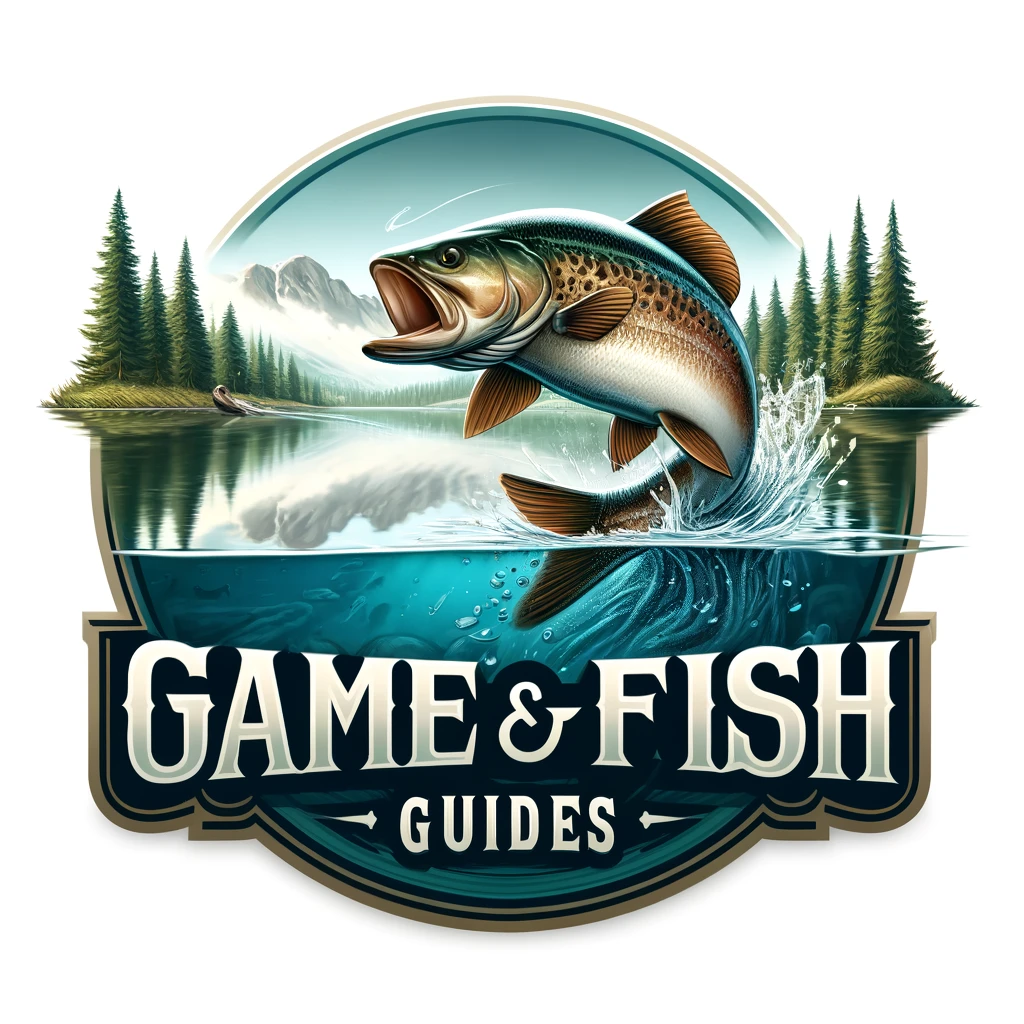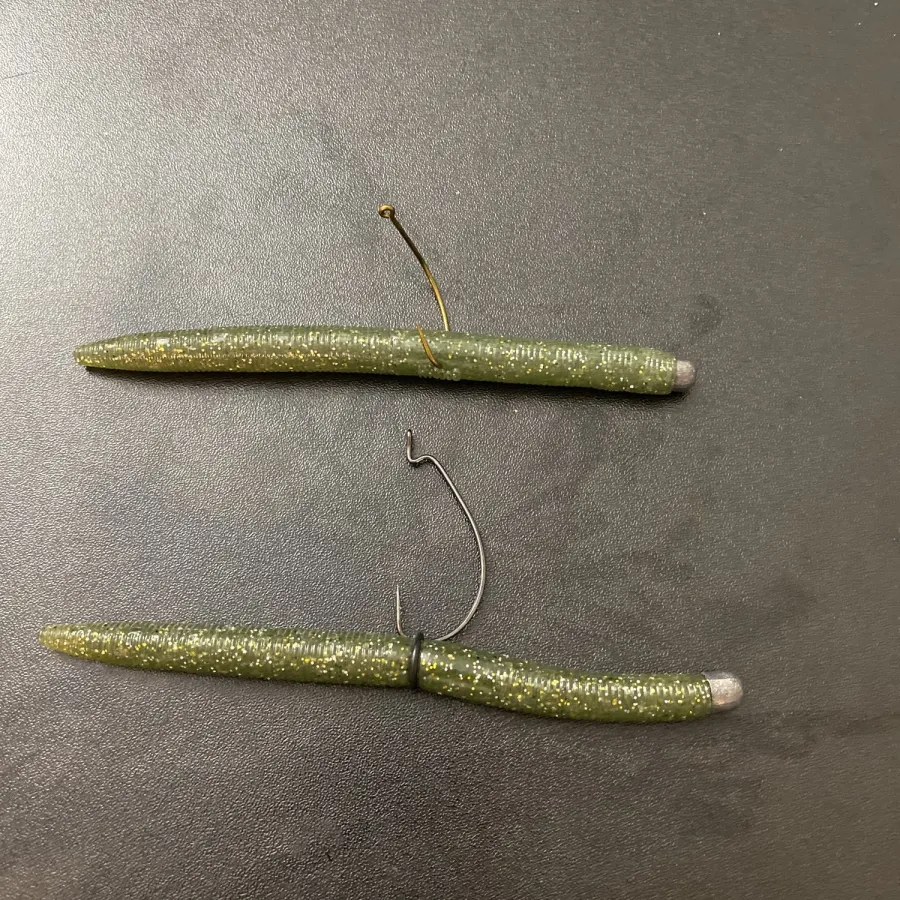The Neko Rig is one of the most unique and versatile finesse techniques in bass fishing. It has a very distinct presentation and draws attention from both beginners and experts. This rig originated in Japan decades ago, but it has gained a lot of popularity in the Western world in recent years for its effectiveness in catching fish that are under a lot of pressure.
Understanding the Neko Rig
The Neko Rig is just a variation of the wacky rig but with an important difference. It still uses a plastic worm that is rigged wacky style (hooked in the middle), with a nail weight inserted into the longer side. This setup creates an irresistible realistic movement that bass go nuts for. I’m not sure who invented this, but that person was a genius, and if you haven’t tried this rig yet, it’s a must.
Though at first. it might seem too intimidating to set up, I can assure you it’s more simple than it looks.
Ideal Conditions for Neko Rigging
The Neko Rig is awesome in many different scenarios but is especially effective in clearer water where bass might be more picky. Its lifelike action makes it an excellent choice when you’re fishing in water with a lot of pressure. When a waterway is heavily fished, bass grow more wary of standard baits that they often see, however with this rig, they usually have not seen it. This rig is perfect for fishing around structures, docks, brush piles, and rocky bottoms.
Gear Selection for Optimal Performance
For a Neko Rig setup, a medium-light to medium spinning rod with a fast or extra-fast action is a good choice. A baitcasting rod is also okay, but I prefer spinning rods for this rig. This rod gives you an appropriate amount of sensitivity to detect bites, while also giving you the strength you need for a controlled and quick hookset. I would use this with a spinning reel in the 2500 to 3500 range. For the line, I would use a 6 to 10-pound fluorocarbon line. You can use monofilament as well, but I would recommend fluorocarbon because it is more sensitive and less visible, which is the best option for finesse fishing.
Choosing the Right Bait and Weight
The best worm for a Neko Rig comes down to preferences and fishing conditions. Soft plastic worms with a high salt content or buoyancy, like the Yamamoto Senko or Z-Man Finesse WormZ, are good choices. These worms are high quality with proper buoyancy to create the movement you want. The weight of the nail/screw in weight can vary based on depth and other conditions. In more windy conditions where the water has a lot of movement, go with a heavier weight. These nail weights often come in packs with multiple sizes.
Rigging Techniques and Presentation
To rig the Neko, insert a nail weight into one end of the worm, then hook the worm through the middle with a weedless finesse hook or a hook of your choice. The weighted end will sink, which allows the unweighted section to flutter and bounce around in a way that the bass cannot resist.
When fishing the Neko Rig, use a mix of twitches, bounces, and pauses. The goal here is to mimic some sort of baitfish or creature that may be struggling or even picking at stuff on the bottom. Many professionals prefer to let the bait fall to the bottom, give it a twitch or two, reel it in, and repeat the process. This is because many of the bites will happen on the fall.
The other option, which I will show you below, uses an O-ring instead of directly hooking your worms. This way, you won’t have to damage your bait.
Niko Rig Setup

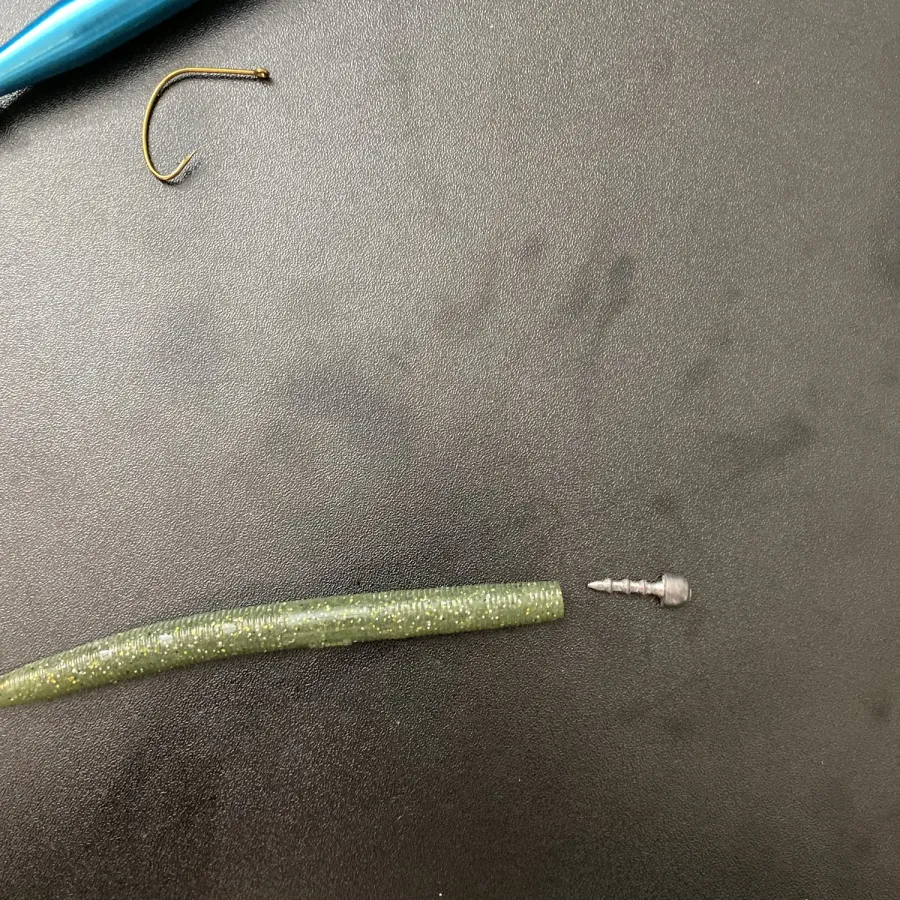
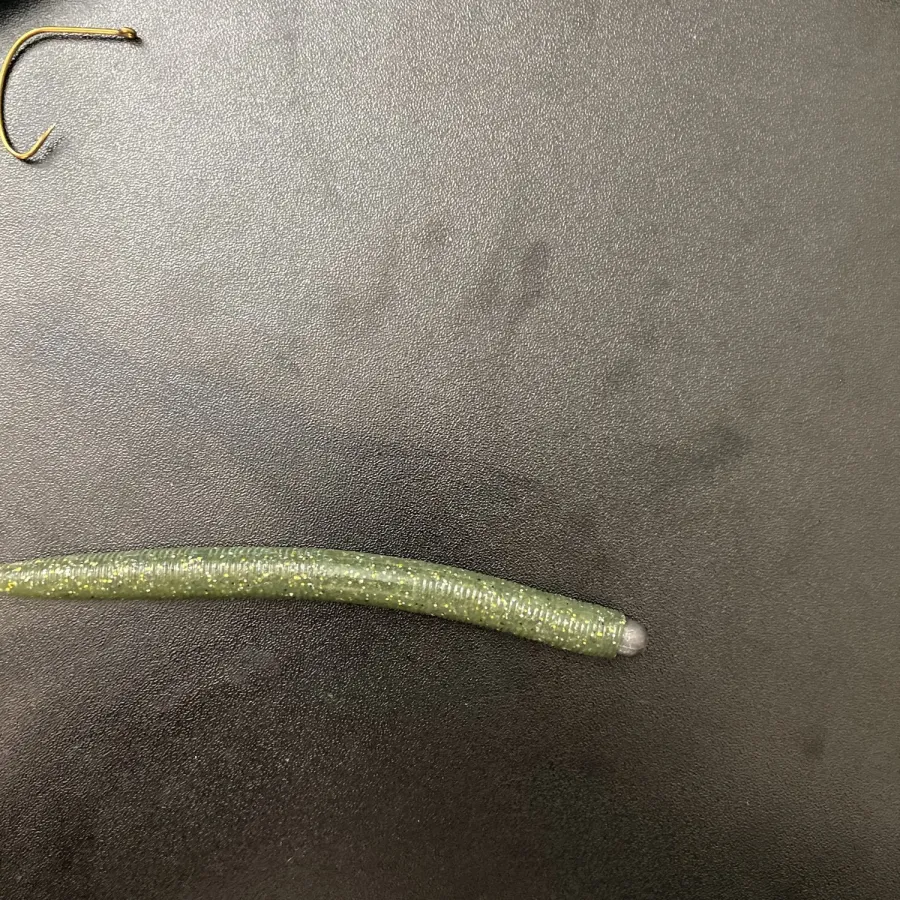
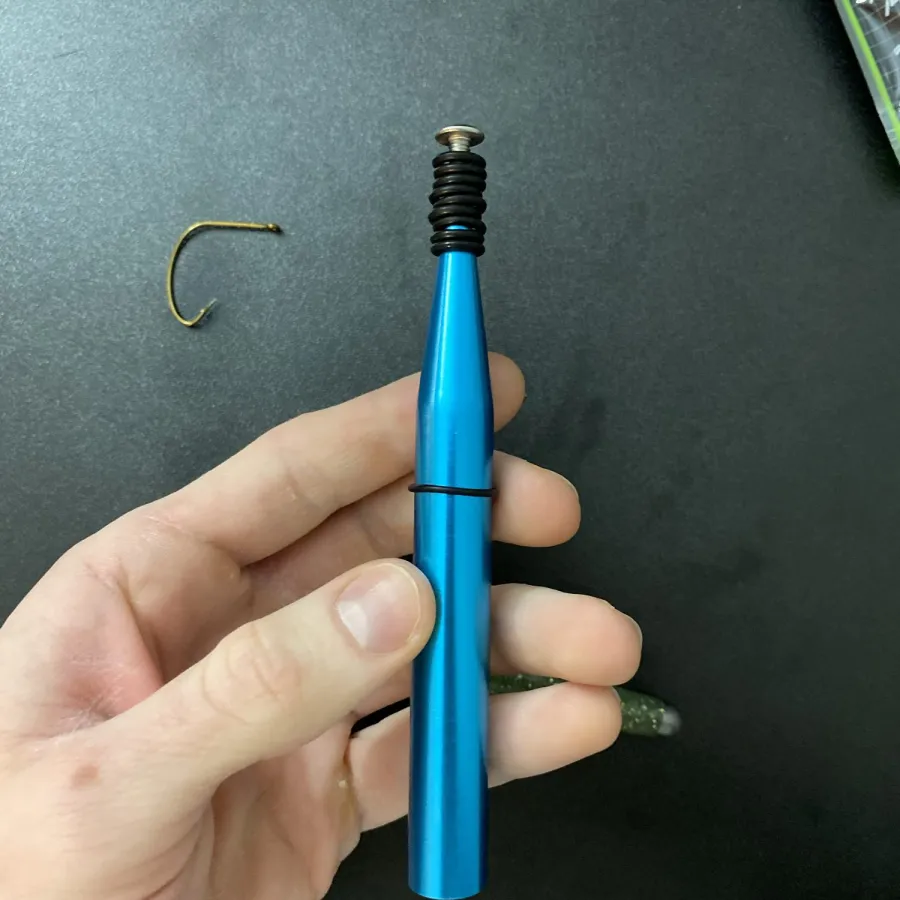
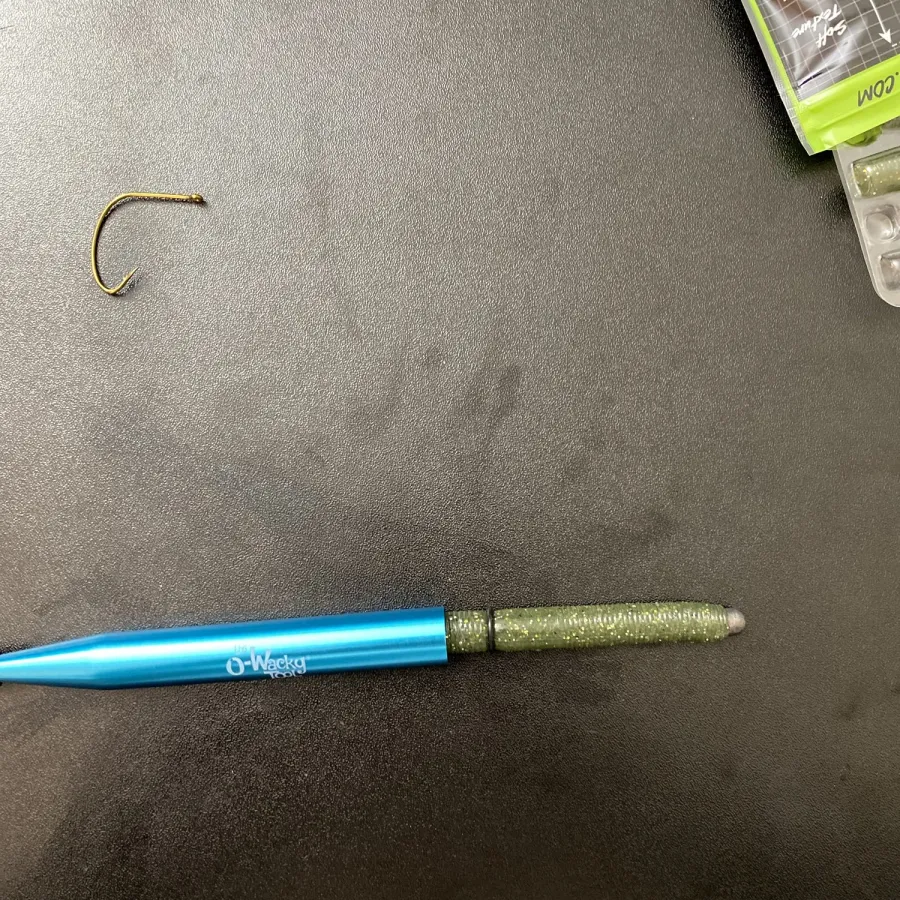
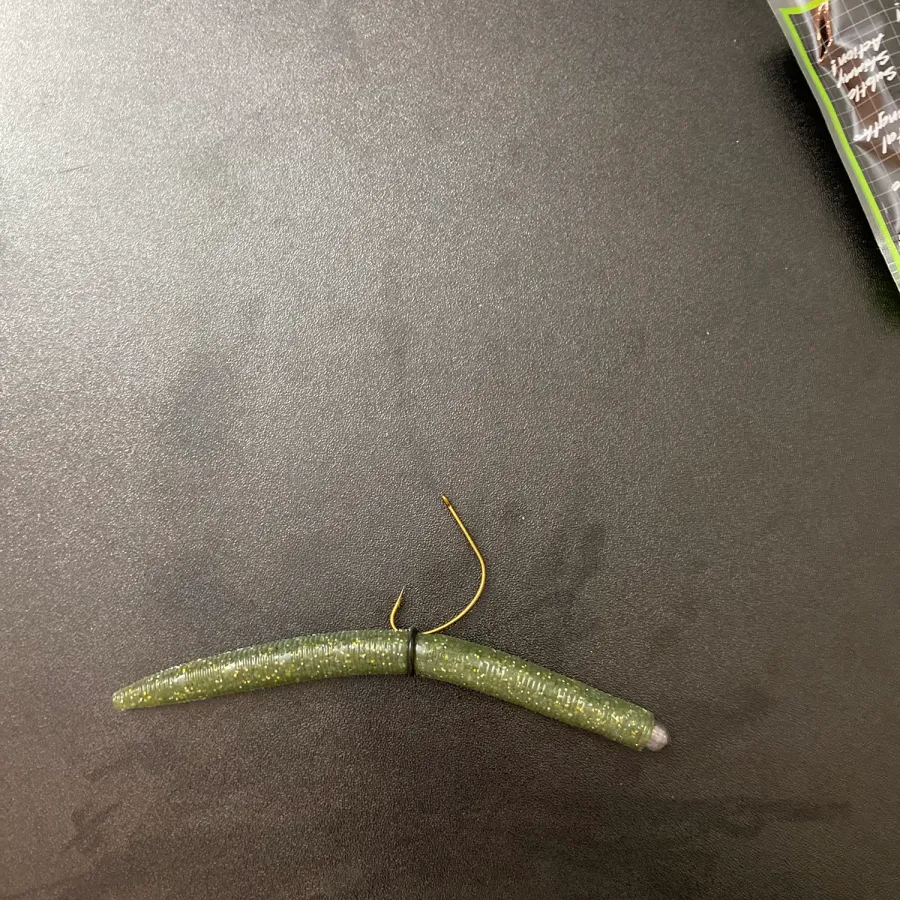
At this point you’re done with the rig, simply tie the hook to your line and start fishing. For those who don’t want to use an O-ring, you can also wacky rig it normally, though it’s better to use the O-ring. Additionally, you can also use a weedless hook.

Underwater Neko Rig video
Neko Rig setup in Different Environments
This rig is incredibly versatile and it’s good for fishing in both shallow and deeper water. Its subtle presentation is perfect for targeting bass in places where more aggressive techniques might spook them and fail. In open water, its natural fall and action can get the attention of suspended bass or bass holding close to the bottom.
Customization for Enhanced Effectiveness
You can customize your Neko Rig setup for specific conditions and preferences. Experimenting with different worm lengths, colors, and weights can give you entirely different results. In clear water, natural colors are better, as we discussed in the cold water baits article, while brighter colors work well in stained or murky water. Adjusting the weight allows you to control the fall rate and how the worm moves, which means you can adapt to what the bass are looking for.
FAQ
What size hook for neko rigging?
A size 1 to 2 finesse hook is your best bet, but it doesn’t have to be a finesse hook specifically.
What direction should a hook face on a Neko Rig?
The hook should be facing up and pointed towards the unweighted side. The idea here is that because the weighted side is pointing down, you’ll have a better hookup percentage if the hook faces the opposite direction.
What size o-ring?
This is entirely dependent on your bait choice, but I would highly recommend using the neko specific o-ring kit I’m using in the images.
How deep can you fish?
There is no right or wrong depth to fish this rig, fish as deep as the fish are suspended.
Conclusion: How to Neko Rig
The Neko Rig is a unique and versatile option, and it’s a powerful tool in any angler’s arsenal. Its ability to produce results, even in challenging or pressured conditions, makes it an excellent choice for bass fishermen. As I mentioned in the beginning, if you haven’t tried this rig yet, it’s a must. After reading this guide you should realize that it’s not as hard to setup as it might look, and you should not be intimidated by it.
References
https://majorleaguefishing.com/archives/2017-12-06-neko-rig-basics/
